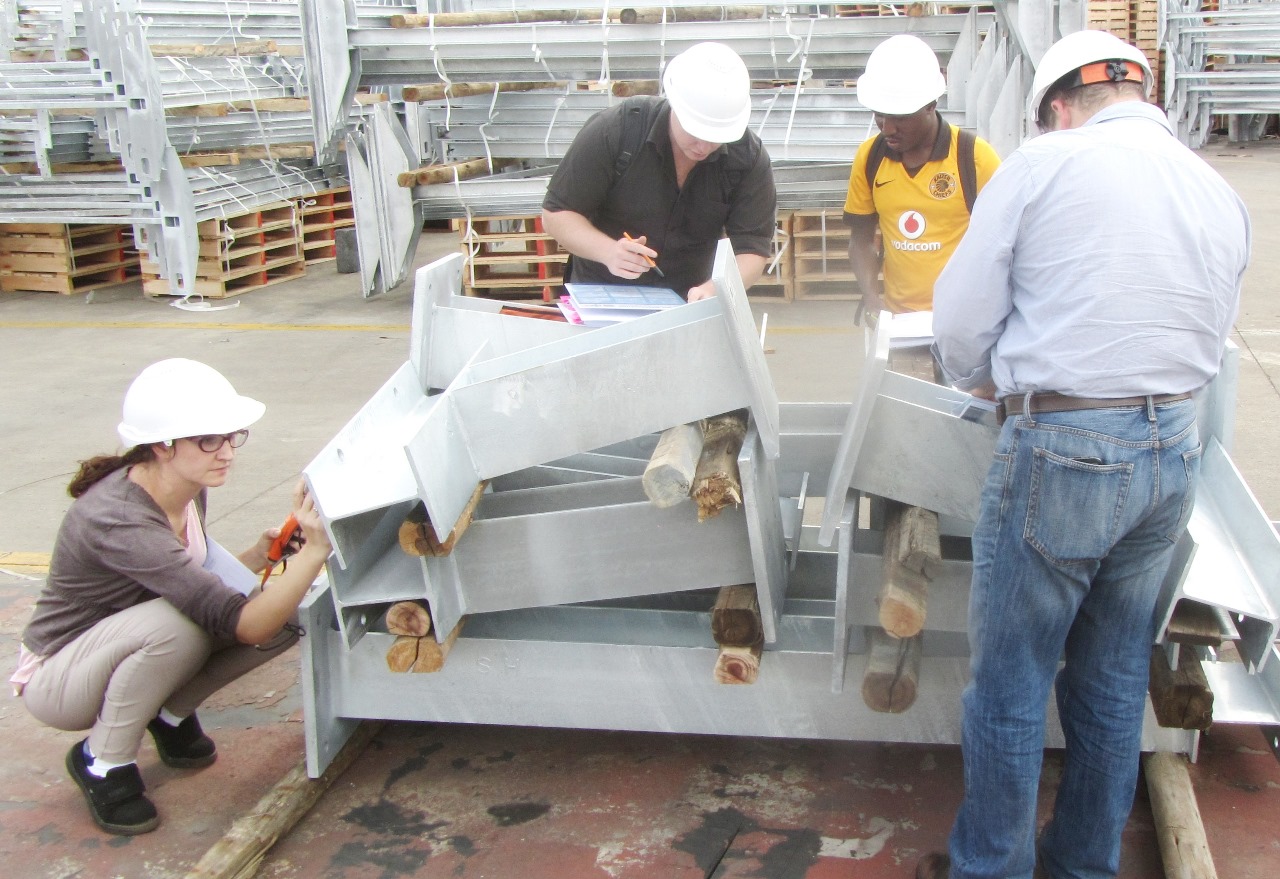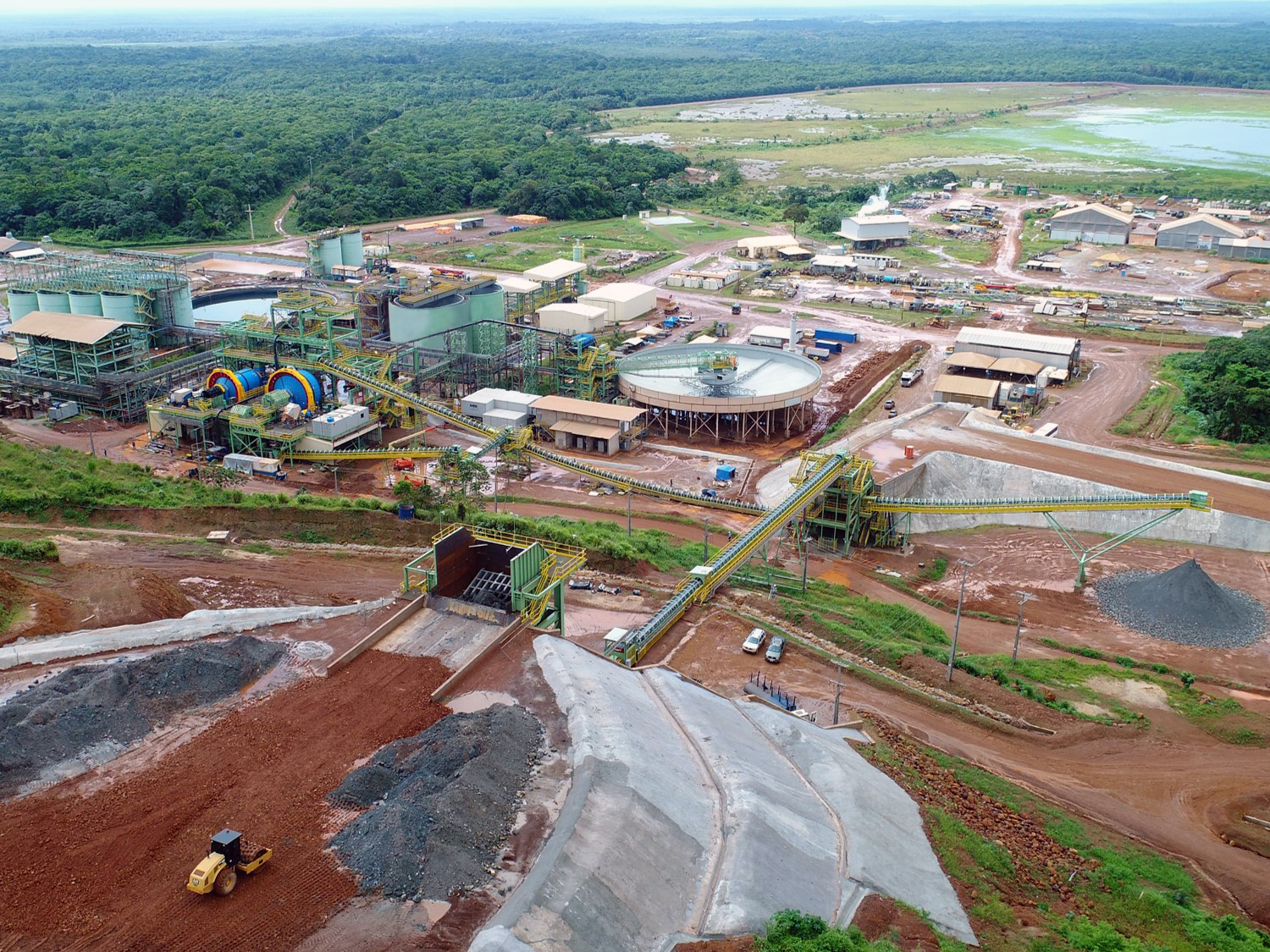The steely power of standards: interpreted and supported by the HDGASA
Standards relate the technology being applied and present an entire operational framework against which it is delivered and evaluated, according to Robin Clarke, Executive Director of the Hot Dip Galvanizers Association of South Africa (HDGASA).
“A common misconception is that standards allow people to operate in accordance with the lowest common denominator. This is not the case. They are written to reflect the outcomes of the technology – in the case of the galvanizing sector, the best-practice outcomes of galvanizing and hot dip galvanizing technology. The HDGASA believes that any engagements between galvanizers and their clients should always include a clear understanding of expectations and deliverables. The only way to do this is through very clear national standards,” he explains.
He concedes that many in the industry do not fully understand the role played by hot dip galvanizing in corrosion control: “They look at hot dip galvanizing like paint, which is often considered a predominantly aesthetic finish. In galvanizing, this is secondary. The primary consideration is the ability of the metallurgy to cause a reaction – forming a barrier as well as sacrificial coating. These provide corrosion control – this needs to be fully understood and appreciated, to accurately specify the standard required and to correctly evaluate it.”
Clients also need to understand that their initial material selection and design choices are a strong determinant of the eventual outcome. This includes the metallurgy, the cross-sectional thickness and the surface condition of the fabricated article . Galvanizing cannot transform a poor original product into a good one.
Origin of standards
Clarke notes that hot dip galvanizing includes both process dipping and continuous galvanizing. Locally, the SANS 121 standards – which are closely aligned with those set by the International Organisation for Standardisation (ISO) – reflect the outcome of a known process.
The HDGASA and the South African Bureau of Standards (SABS) work closely together. Many years ago, HDGASA pioneered a system with the SABS for galvanizers to use clear identifying paint marks. This facilitates a traceability so that end-users can identify the galvanizer – and hold them accountable against the SANS 121 standard for any non-conformances or shortcomings.
“Even today, the SABS mark has retained its Pan-African credibility, allowing local companies to confidently export throughout sub-Saharan Africa. In addition, the plethora of standards related to different types of hot dip galvanizing are written by experts on international technical committees. The ISO periodically reviews and adjusts these,” Clarke advises.
As part of the SABS technical committee, the HDGASA has observer status with the ISO technical committees: “We are allowed to comment on proposed changes to standards. Our opinions have weight in ISO deliberations. Once a new ISO standard becomes current in Europe, we meet under the auspices of the SABS technical committee TC107 to review the international standard and advise if it applies in South African conditions. As we speak, changes made to ISO 1461 in August 2022 are being applied to SANS 121. Therefore, South African standards are a ratified version of the ISO standards,” he explains.
This close alignment also empowers local manufacturers to export across Africa and globally. Furthermore, as other countries also translate ISO specifications into their own variations, the HDGASA guides members who are asked to meet those particular standards when exporting.
Science of galvanizing standards
Clarke is confident that local companies meet the same standards as their global counterparts, as technology applied to standard delivers a fixed outcome and produces a product with a clearly defined life expectancy. For example, because zinc is consumed differently in variable environmental conditions, standards such as ISO 9223 provide the empirical data needed to predict the rate of consumption (rusting) within specific conditions.
The minimum thickness of a hot dip galvanized item that complies with SANS 121 is known for each class of steel – and we can predict the service life and longevity of the coating. This enables life-cycle costing. The standards therefore enable the extrapolation of scientific data, providing an understanding of what one is buying and its durability. In this way, consistency is achieved and informed investment decisions can be made.”
Clarke acknowledges that the failure to correctly specify galvanizing standards is an ongoing challenge: “The HDGASA is working hard to stop the wilful supply of inferior quality materials, and to educate those who do not know the difference – or do not recognise the need to clearly specify that materials are treated to a certain standard,” he emphasises.
Clarke explains that imported product comes in at volume – some meets the standard and some is deliberately imported to service customers who are poorly educated in terms of the technology and requisite standards, or are cutting costs. Although not exclusively, this includes those in the informal sector as – without clear specifications from architects or engineers – the door is open for merchants, fabricators and construction companies to buy and sell cheaper materials.
Standards training
“The example of metallic roofs comes to mind: if an architect or engineer does not appreciate the importance of specifying above a certain grade – in this case never below Z275 – the end-user gets an unworkably thin material. This illustrates the critical role played by the HDGASA in education and monitoring – of adherence and accountability – when it comes to standards. We collaborate with other industry bodies working with the SABS on steel standards.
The HDGASA also invests a significant amount of time and effort into training – through its level 2 inspectors training course – to ensure that evaluation remains paramount and is in strict accordance with the standards prescriptions for test methods and specifications.
“Everything we do is aimed at educating the entire steel value chain about the importance of galvanizing standards as objective and tangible assessment criteria. Ultimately, all parties need to take accountability, working together to ensure the retention of faith in galvanizing,” Clarke concludes.
Share this content:














